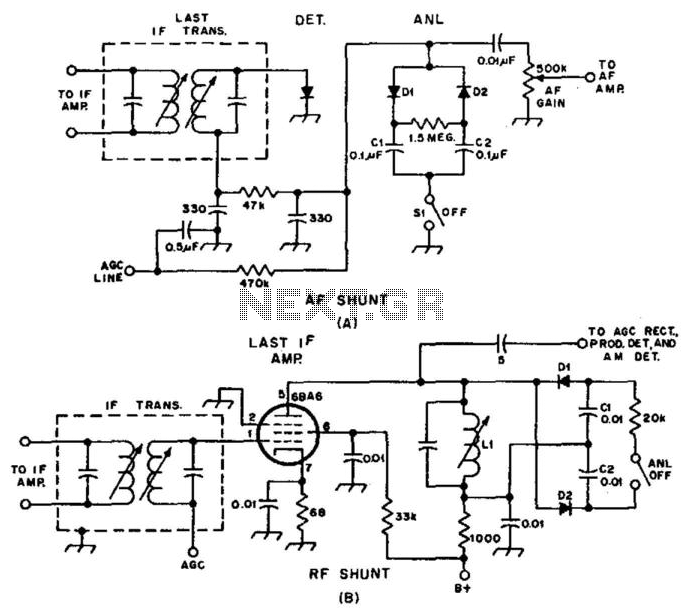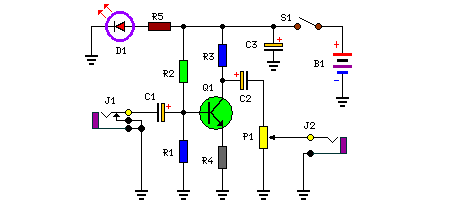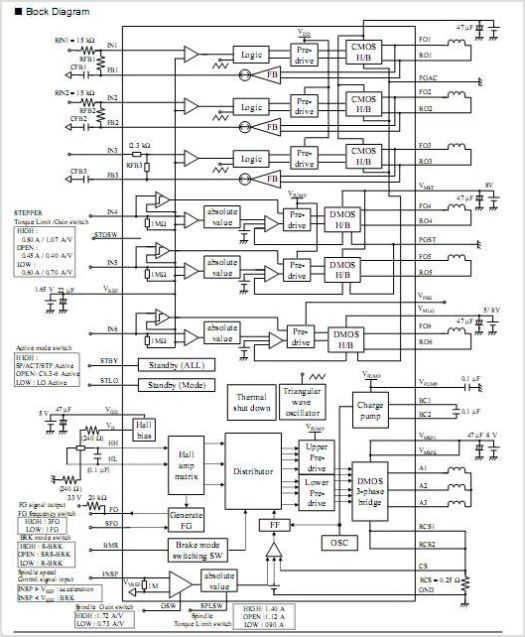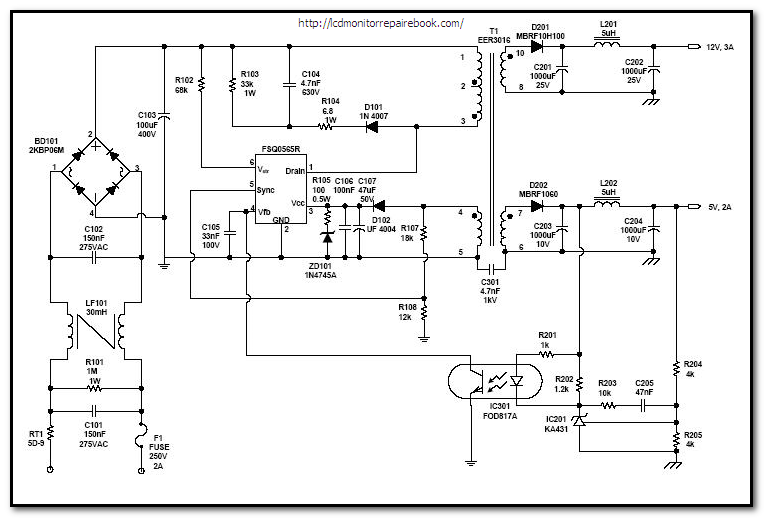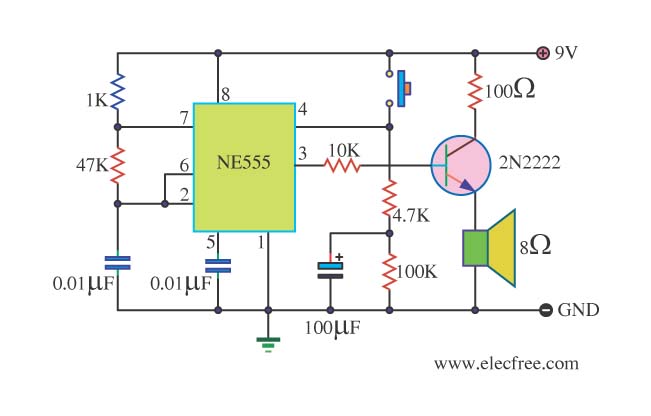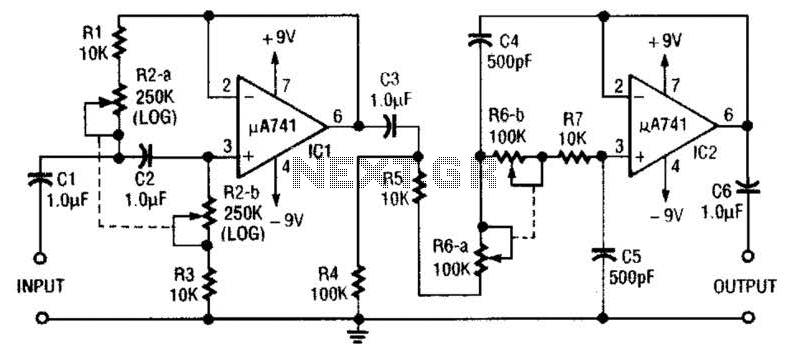
hi-fi audio amplifiers with tl072
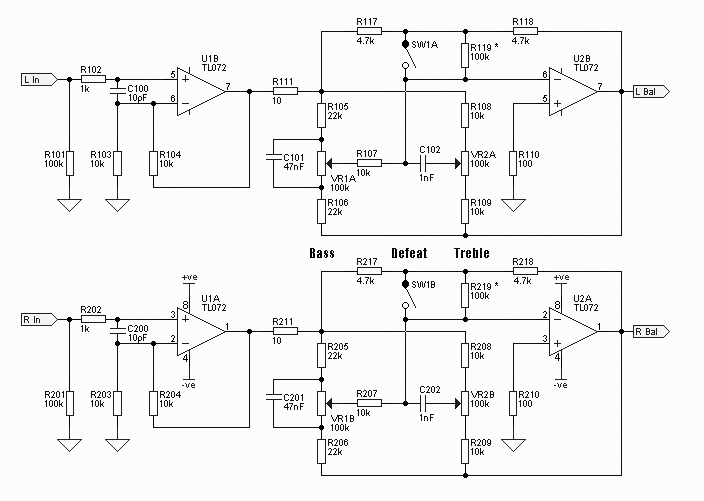
The sound system features a de-sensitized design with a maximum range that can be increased if desired. It includes two tone controls: one offering a lift of 10 dB and the other providing a subtle cut of 3 dB. This small adjustment is surprisingly effective for everyday listening. The overall design is quite standard but boasts a significant advantage over other models due to its minimal cabling requirements. It is recommended to incorporate a switch on the back of the cabinet and extend the wiring to the front, which minimizes wiring complexity and reduces crosstalk from other active inputs. The input stage is configured with a gain of 2 times (-6 dB) and also serves as a buffer for the tone control. The tone control employs a basic Baxandall configuration, enhanced by the addition of resistors R117, R118, and R119, which allows for flexibility and ease of reconfiguration beyond traditional layouts. The tone control operates at 100k, limiting the tonal adjustment range to +/-10 dB. For further adjustments, R119 (and R219) can be omitted, or the values can be reduced, impacting frequencies around 20 Hz and 20 kHz by approximately 6 dB, with 7.5 dB at 22 kHz. The audio system's performance is illustrated in Figure 2, showing increments of 10% of the potentiometer, indicating that the midrange is unaffected. This contrasts with most designs where the control is aligned to 1 kHz, which is often audible in the midrange. For users interested in tone controls, it is suggested to implement both controls while also providing an option for a minimalist design without tone controls.
The sound system circuit design emphasizes simplicity and efficiency, ensuring high-quality audio reproduction with minimal interference. The de-sensitized design allows for a broader dynamic range, accommodating various listening environments. The integration of dual tone controls allows users to tailor their listening experience, with the 10 dB boost suitable for enhancing softer passages and the 3 dB cut for managing overly bright or harsh sounds.
The input stage's gain configuration of 2 times (-6 dB) is critical for maintaining signal integrity while acting as a buffer. This buffering function prevents loading effects that could degrade audio quality, thereby preserving the fidelity of the input signal. The choice of a Baxandall tone control circuit is particularly noteworthy, as it provides a smooth and natural adjustment of frequency response without introducing phase distortion, which is crucial for high-fidelity audio applications.
The resistors R117, R118, and R119 enhance the flexibility of the tone control circuit, allowing for easy modification and customization. The operational characteristics of these resistors ensure that the tonal adjustments remain within a reasonable range, maintaining audio quality while providing the user with practical control over the sound profile. The design's consideration for crosstalk minimization through reduced cabling is essential for multi-input systems, where interference can significantly impact audio clarity.
Overall, this sound system design prioritizes user experience and audio performance, making it suitable for both casual listeners and audiophiles seeking a reliable and flexible audio solution. The option to bypass tone controls aligns with a minimalist philosophy, catering to users who prefer a more direct and unaltered audio path.the sound system, the massive de-sensitized, and they defeated a maximum range. This can be increased if desired, you can have two tone controls, the lifting of 10 dB and a cut and the other with a little help and very subtle 3dB cut - it is quite (surprisingly) a very small adjustment to how you need for day-to-day hearing. Otherwise, the design is fairly standard, with a great advantage over other models that require virtually no cable. Download the source you want - I suggest you put a switch on the back of the cabinet, and an extension of the tree with the tree in front. This leads to a minimum of wiring and reduces the crosstalk from other active inputs. The input stage is shown with a gain of 2 times (-6 dB), configure, and also acts as a buffer for the tone control.
The tone control is a basic form Baxandall, but the addition of R117, 118 and 119 provides the flexibility and ease of reconfiguration, which is the traditional layout. I have not seen before, this technique is used). As it is 100k, which limits the number of tonal control at a reasonable price + /-10dB. To increase further in section, R119 (R219 and receive) can be omitted. Conversely, reducing the value of a small area is also about 6 dB at 20 Hz and 20 kHz with 7. 5dB at 22K. Audio system (and overall) performance is shown in Figure 2 (in increments of 10% of the pot), and it seems that the midrange is not affected.
This is contrary to most of the drawings, in which the control is aligned to 1 kHz, and is very audible in the media. For those who want to use the tone controls, I would suggest that both, with no tone controls are designed and in harmony with reality, minimalist design.
🔗 External reference
The sound system circuit design emphasizes simplicity and efficiency, ensuring high-quality audio reproduction with minimal interference. The de-sensitized design allows for a broader dynamic range, accommodating various listening environments. The integration of dual tone controls allows users to tailor their listening experience, with the 10 dB boost suitable for enhancing softer passages and the 3 dB cut for managing overly bright or harsh sounds.
The input stage's gain configuration of 2 times (-6 dB) is critical for maintaining signal integrity while acting as a buffer. This buffering function prevents loading effects that could degrade audio quality, thereby preserving the fidelity of the input signal. The choice of a Baxandall tone control circuit is particularly noteworthy, as it provides a smooth and natural adjustment of frequency response without introducing phase distortion, which is crucial for high-fidelity audio applications.
The resistors R117, R118, and R119 enhance the flexibility of the tone control circuit, allowing for easy modification and customization. The operational characteristics of these resistors ensure that the tonal adjustments remain within a reasonable range, maintaining audio quality while providing the user with practical control over the sound profile. The design's consideration for crosstalk minimization through reduced cabling is essential for multi-input systems, where interference can significantly impact audio clarity.
Overall, this sound system design prioritizes user experience and audio performance, making it suitable for both casual listeners and audiophiles seeking a reliable and flexible audio solution. The option to bypass tone controls aligns with a minimalist philosophy, catering to users who prefer a more direct and unaltered audio path.the sound system, the massive de-sensitized, and they defeated a maximum range. This can be increased if desired, you can have two tone controls, the lifting of 10 dB and a cut and the other with a little help and very subtle 3dB cut - it is quite (surprisingly) a very small adjustment to how you need for day-to-day hearing. Otherwise, the design is fairly standard, with a great advantage over other models that require virtually no cable. Download the source you want - I suggest you put a switch on the back of the cabinet, and an extension of the tree with the tree in front. This leads to a minimum of wiring and reduces the crosstalk from other active inputs. The input stage is shown with a gain of 2 times (-6 dB), configure, and also acts as a buffer for the tone control.
The tone control is a basic form Baxandall, but the addition of R117, 118 and 119 provides the flexibility and ease of reconfiguration, which is the traditional layout. I have not seen before, this technique is used). As it is 100k, which limits the number of tonal control at a reasonable price + /-10dB. To increase further in section, R119 (R219 and receive) can be omitted. Conversely, reducing the value of a small area is also about 6 dB at 20 Hz and 20 kHz with 7. 5dB at 22K. Audio system (and overall) performance is shown in Figure 2 (in increments of 10% of the pot), and it seems that the midrange is not affected.
This is contrary to most of the drawings, in which the control is aligned to 1 kHz, and is very audible in the media. For those who want to use the tone controls, I would suggest that both, with no tone controls are designed and in harmony with reality, minimalist design.
🔗 External reference
